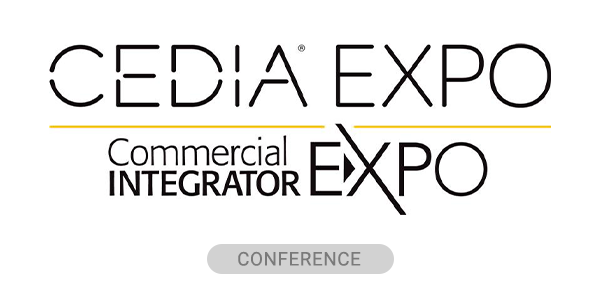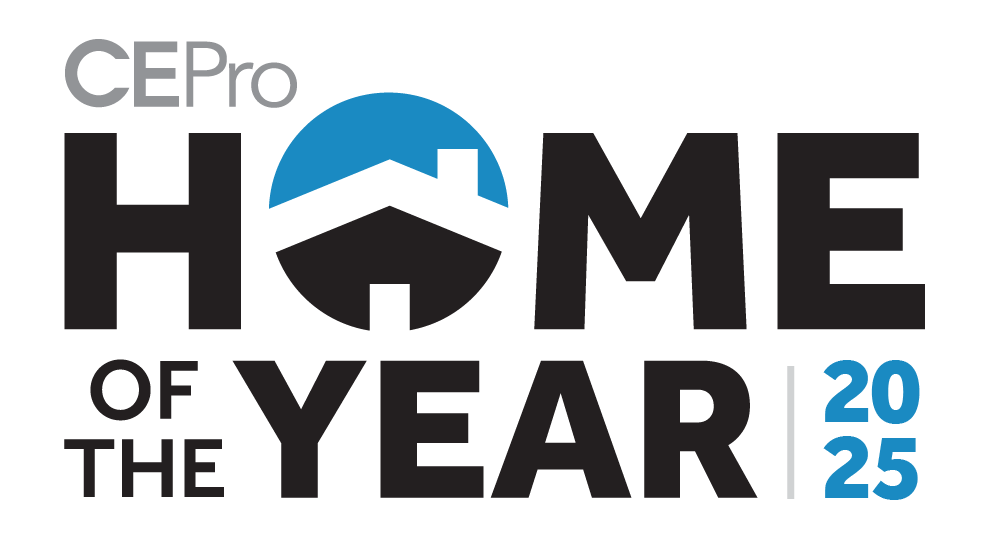You could say that the CinemaFrame self-enclosed home theater system from Millson Custom Solutions (MCS) is literally “priceless.”
While the adjective “priceless” usually refers to something that is so expensive that a cost cannot be attached to it, in the case of the MCS CinemaFrame the term is much more literal.
Indeed, the system, which debuted last year, does not have an MSRP.
CinemaFrame is an “invisible” in-wall home theater system that eliminates the need for an equipment rack by housing three L/C/R front-channel loudspeakers, a dual-driver subwoofer module, a 12-channel digital amplifier, a preamp/processor with a built-in Gigabit Ethernet switch, an AC power distribution models with commercial-grade surge protection, A/V source components and an automation processor.
The entire system fits in an enclosure with a rear connection panel into which the components are merely plugged with a simple “click.” For integrators, the only variables are selecting the size and model of the flat panel TV, the fabric color that trims out the installation and the number of sources. When the system is complete, all the components are hidden in the wall behind the TV, invisible to the homeowner.
“Having no MSRP was a very conscious decision,” says Richard Millson, founder of MCS and owner of Millson Technologies in Vancouver, B.C. “We are selling only through dealers. We are never going to sell this online or through any major distribution channel. So if I am a dealer, why would I want a manufacturer printing and telling me what I should charge for a product, especially for CinemaFrame. We would never impose or suggest to integrators what they should sell the system for … that depends on the marketplace and the competition.”
Also, according to Millson, the logic behind having no MSRP is because the product is the basis for a full system that the dealer can build around it.
“The dealer is going to choose the surround sound speakers, the control system, the TV and sources. Those selections can drive the price way up or way down. Setting an MSRP would be the same as publishing the price for an internal control processor for a lighting control system. Integrators are confused at first when we talk about it, but when I explain it to them, the reaction is, ‘You are right.’”
Authorized MCS integrators have told CE Pro that they offer a complete CinemaFrame system for between $30,000 and $40,000, including labor.
Simplified Design, Installation 'Magnitudes' Faster
But the pricing, or lack thereof, is just one unique element to CinemaFrame. Millson drew heavily upon his years of experience as an integrator to make the product simple to design and install. The product originated because Millson Technology was doing so much work in condominiums where there was no real estate to put an equipment rack.
For a traditional home theater, just designing a system can be time consuming for dealers, who must determine speaker placement, wire runs, freestanding vs. architectural speakers, equipment rack location, control system selection, the number of sources, the power and amplification needs, the size of the TV, etc. There are hundreds of design questions that need to be asked and answered. For a CinemaFrame, the only questions are the size of TV, the color of the fabric and the sources.
“That’s pretty much it,” says Millson matter of factly. “So the sales and design process around the CinemaFrame is a fraction of the time.”
Everything is a proprietary design by MCS, according to industry veteran Bob Brown, general manager at the company. For an installation, integrators are given a large three-ring binder that provides step-by-step instructions; they can also log in to the company portal where they can not only watch installation videos, but also create project folders for every installation they do.

The system itself sits in a 48- x 48-inch enclosure that fits between wall studs. The low-voltage connections are on the right and the high-voltage connections are on the left. Next, a technician installs the backplate and an aluminum panel where the subwoofer will be housed, along with a wall-interface piece that mimics the exact size of the TV. CinemaFrame can accommodate flat panels from 46 to 75 inches diagonal.
“The 12-channel digital amp and all internal components (AVP, power distribution module, LCR and subwoofer, and amplifier), as well as how they are installed, are proprietary designs by Millson … even the code written by Millson engineers and code writers. Both the components AND the system are patented,” says Brown. “Once the high voltage and low voltage are wired into the system, the componentry requires no internal wiring, with commercial, high-grade connections from the signal back plate. The fit in snugly in only one way, can’t be connected wrong and drop in with the solid sound of a Mercedes car door being closed.”
There are other behind-the-TV systems, such as Bang & Olufsen, but, according to Brown, the MCS system solves heat dissipation and audio reproduction problems commonly associated with attempting to fit all components behind the TV.
At the installation level, Millson says the difference is speed is a “magnitude” less. According feedback in the field from the 31 integrators MCS has already signed on as authorized dealers, rough-ins are being done by installers in two to three hours. Trim-outs are being done in four hours the first time out, and in just two hours after a technician for subsequent jobs. The technician does not have to run any cables or make any connections because everything plugs together in the back plane. Moreover, because it is a closed system it is impossible to “blow up” by using the wrong amplifier. Even the crossovers and the phase delay are dialed in.
“Inside the CinemaFrame, a technician can install a power distribution module, 12-channel amplifier, A/V processor, front three speakers and subwoofer in under 10 minutes and each component is fully wired and ready to go,” says Millson.
“It is not just a percentage of time quicker, it’s a magnitude of time difference compared to building a rack where the technician has to dress the cables, and put the rack shelves together, etc. That is the whole idea … you charge the same amount of money but it takes you way less time because there are fewer decisions to make. And it is upgradeable, so even if the client wants to just do a basic system first and then upgrade later to a full 7.2 cinema, it can be done in one day by a single technician,” says Millson.
MCS also “sweated the small stuff” to make the installation process even smoother. Little things like including extra screws in the bag so if the technician loses one on the jobsite he does not have to trek back to the truck, tools and templates for the technician to do calculations while on the jobsite, and providing a connection plate vs. telling dealers to get some connectors for a generic plate. The system even comes with two pieces of water-resistant corrugated cardboard that are insert into the enclosure to protect the back connector plate from drywallers in between the rough-in and trim-out phases.
“We have been integrators for 25 years so we wanted to make sure that the dealer will have a different kinds of experience from any other vendor. We have been on the other side of it so many times where something was forgotten or not explained properly from the vendor. The result from that was wasted time in the field by technicians,” comments Millson.
He says the response from integrators has been tremendous. “They are saying that the CinemaFrame really is exactly as advertised,” he says, adding that the response has been gratifying. Likewise, dealers are telling MCS that the design community is “blown away” by the product and love that fact that everything is hidden.

Applications: Master Suites to Dens to Board Rooms
Millson is quick to point out that CinemaFrame is not meant to replace a dedicted home theater room with tiered seating and a projector, but he says the applications for the product have been varied. Integrators are deploying the system in smaller areas like a den or master suite, but also finding it suitable for very large spaces like great rooms with open kitchens.
“It can completely fill the area with sound. It is actually not a small-room application,” says Millson. Dealers are putting CinemaFrames in two or three locations around the house. Because it is self-contained, if a unit should ever have a problem it will not affect anything else in the home. Also, some integrators are using it as music source to send audio throughout the house, says Millson. It is also capable of being put in yachts, tour buses, hotel rooms, and commercial board rooms.
From a performance standpoint, Millson says integrators are thrilled.
“It looks like nothing … it looks like a TV on the wall. People think it is going to sound like a soundbar. But when they hear 1200 watts and 7.2 surround sound, it is quite shocking to them. Also, because it is a closed system it is impossible to “blow up” the system by using the wrong amplifier. The crossovers and the phase delay are dialed in.
Currently, the system technically cannot support a Dolby Atmos configuration, but Millson says it can playback Atmos content with “stunning clarity.”
From a control standpoint, MCS has written drivers for Savant, Control4, Crestron and RTI with full functionality, including bi-directional feedback. Integrators can control a CinemaFrame using any control system using RS-232.
MCS is looking to fill out its national footprint with more authorized integrators. The company will be at the CE Pro Summit in Atlanta Nov. 2-4. To reach Millson Custom Solutions directly, go to www.millsoncs.com.






